Dinner
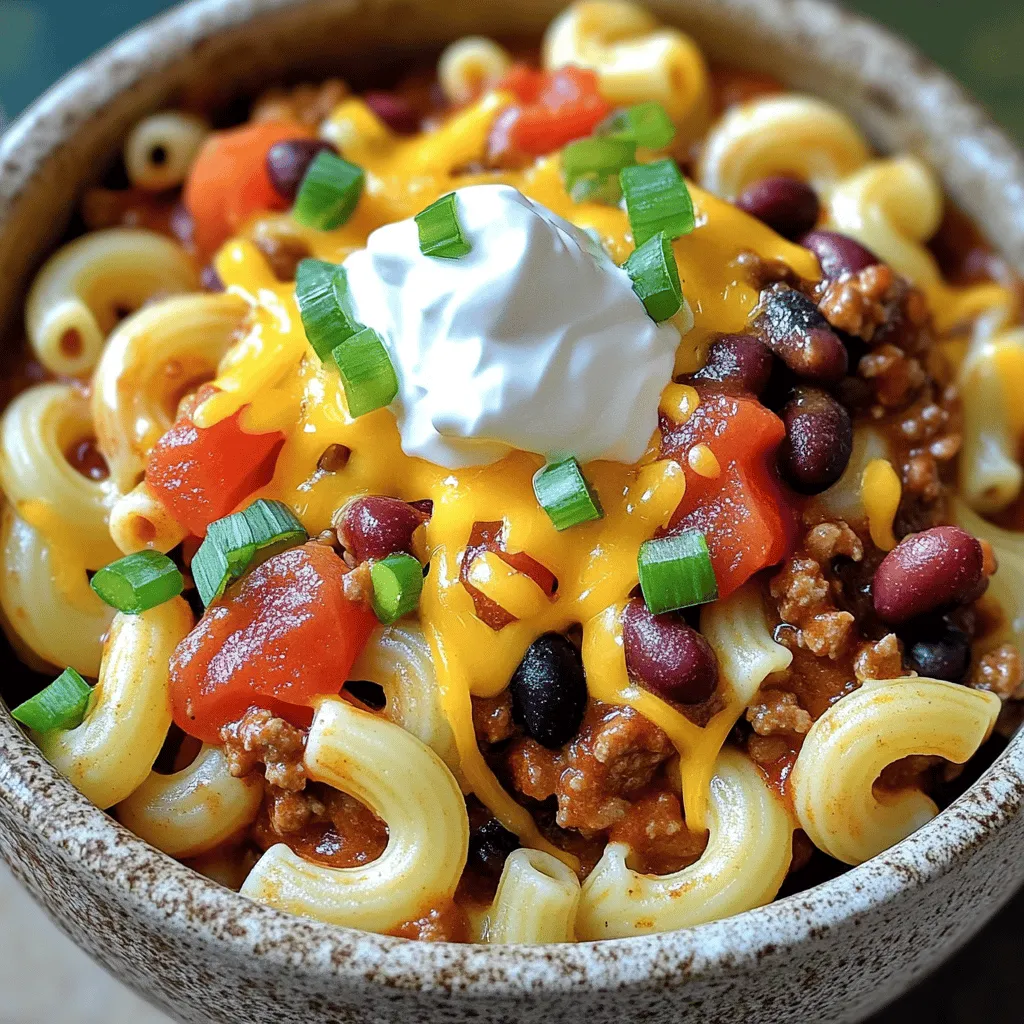
Savory Slow Cooker Loaded Chili Mac for Cozy Nights
Cozy nights call for warm, comforting meals, and my Slow Cooker Loaded Chili Mac hits the spot every time. This dish combines rich flavors with

Teriyaki Shrimp Veggie Stir-Fry Quick and Tasty Meal
Looking for a quick and tasty meal? My Teriyaki Shrimp Veggie Stir-Fry is the answer! This dish combines tender shrimp and fresh veggies with a
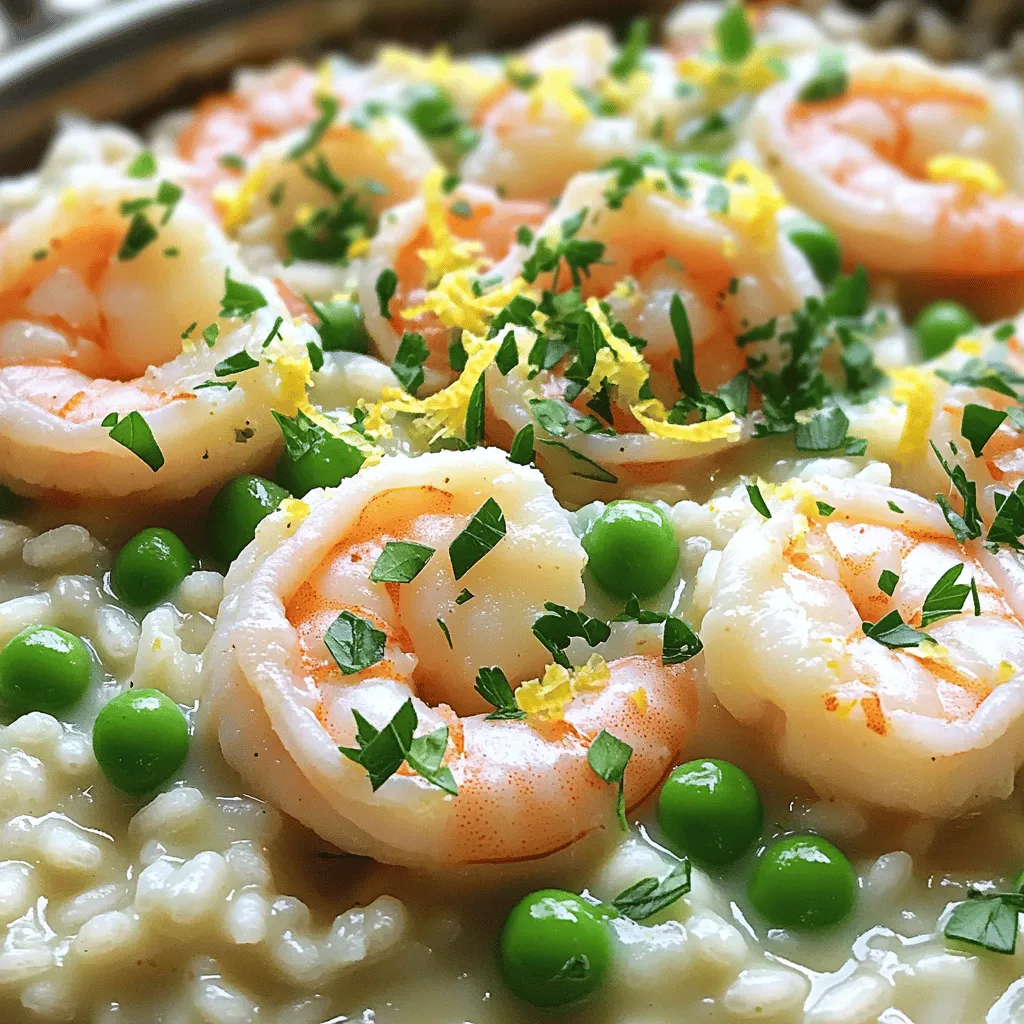
Creamy Lemon Shrimp Risotto Simple and Tasty Meal
Looking for a simple and tasty meal that impresses? My Creamy Lemon Shrimp Risotto is just what you need! In this one-pot wonder, fresh shrimp

Spicy Kung Pao Tofu Better Than Takeout Delight
Are you tired of takeout options that just don’t hit the spot? You’re in the right place! This Spicy Kung Pao Tofu recipe packs bold
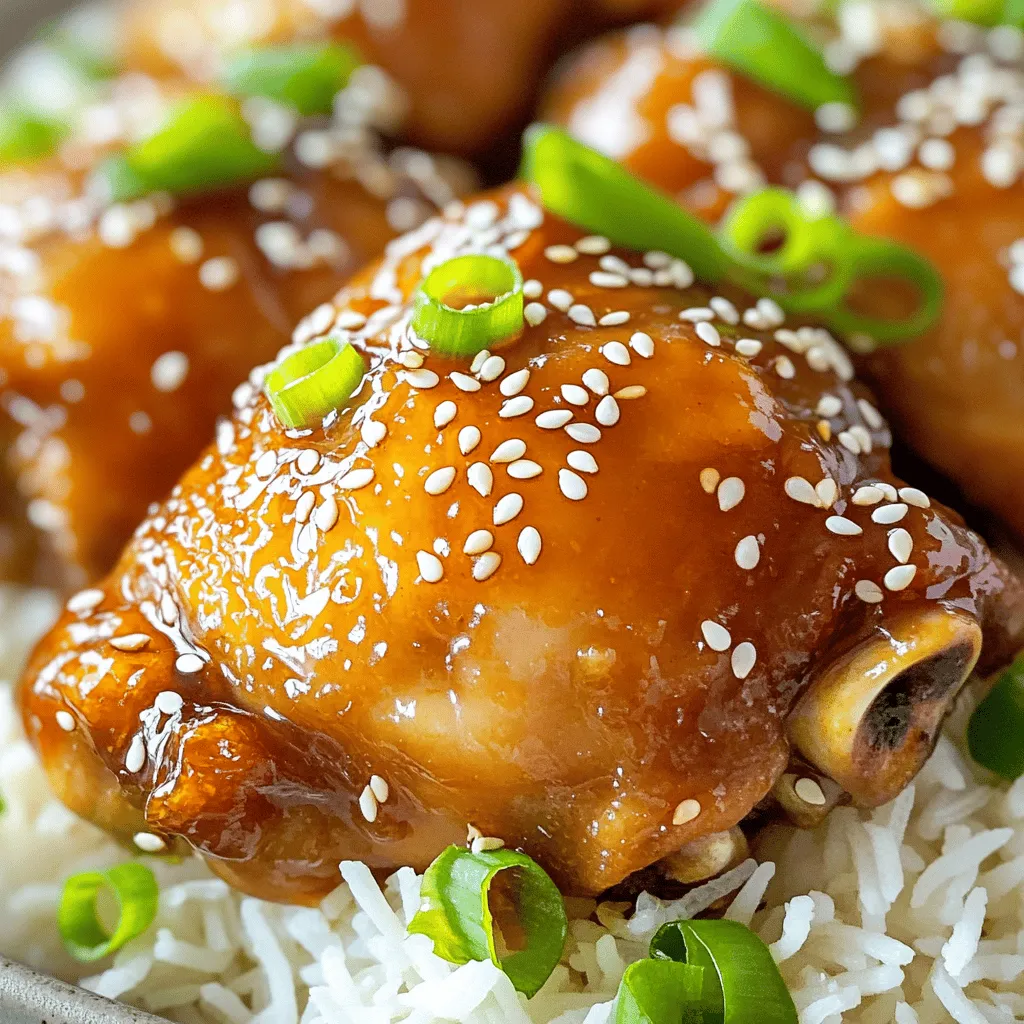
Slow Cooker Honey Garlic Chicken Thighs Simple Meal
Are you ready to make a delicious meal with minimal effort? In this post, you’ll learn how to prepare Slow Cooker Honey Garlic Chicken Thighs.
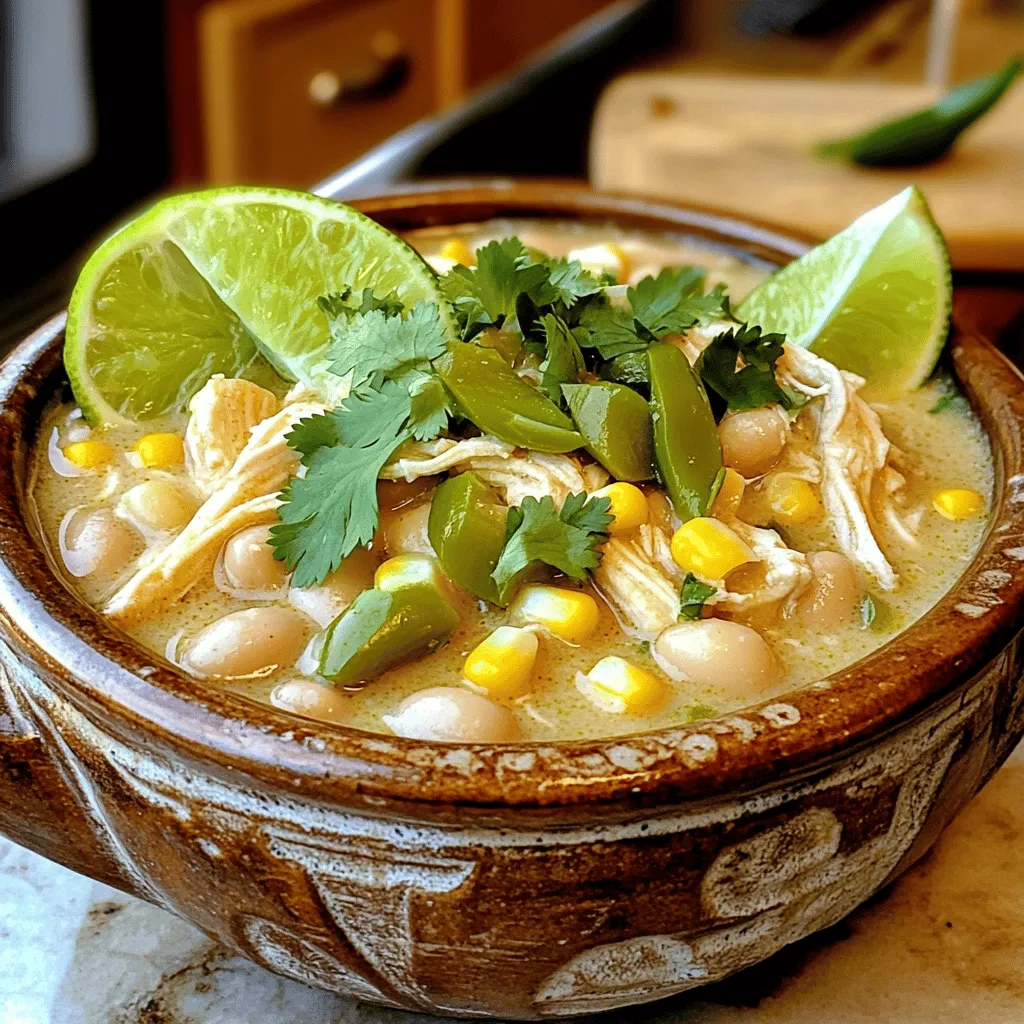
Creamy White Chicken Chili Slow Cooker Delight
Craving a warm, comforting dish? Look no further than my Creamy White Chicken Chili Slow Cooker Delight. This easy recipe lets you toss in simple
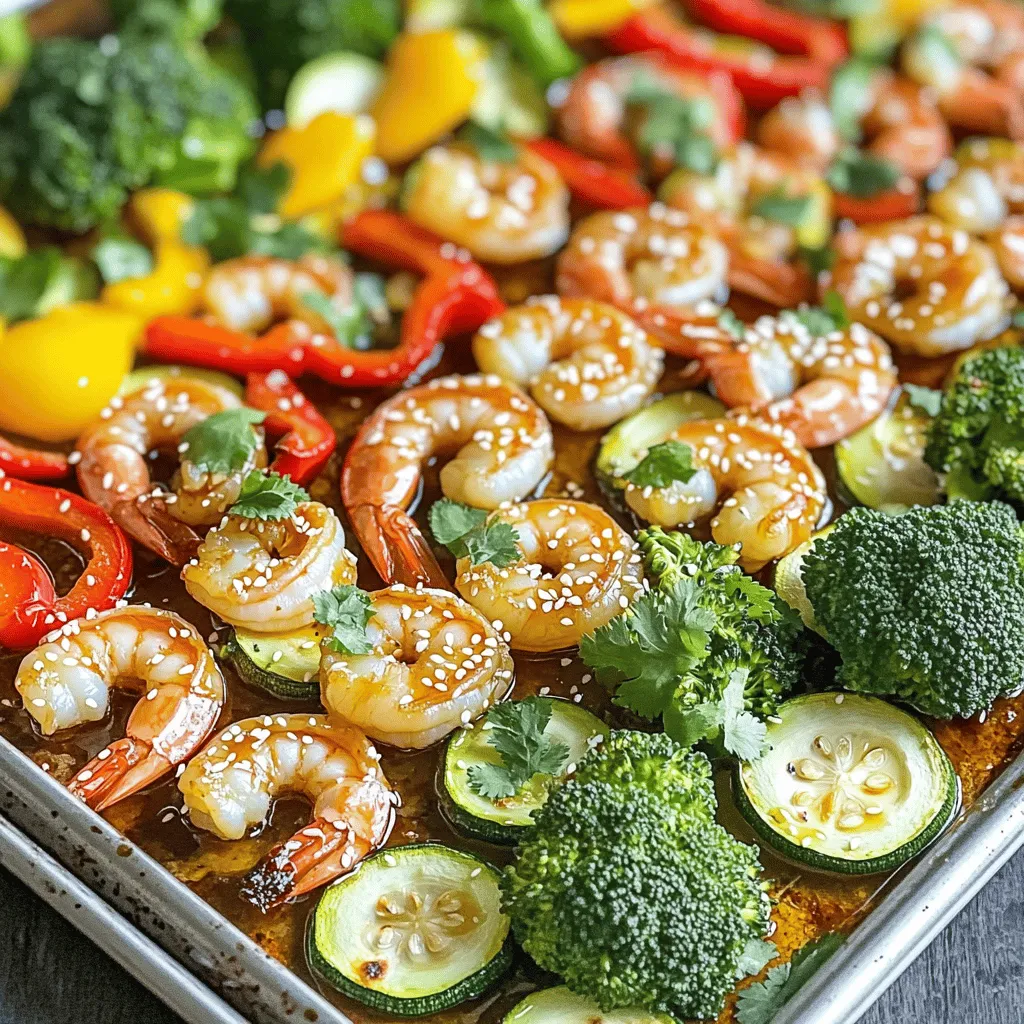
Honey Garlic Shrimp and Veggies Sheet Pan Delight
If you crave a meal that’s easy, tasty, and healthy, you’re in the right place! In this Honey Garlic Shrimp and Veggies Sheet Pan Delight,
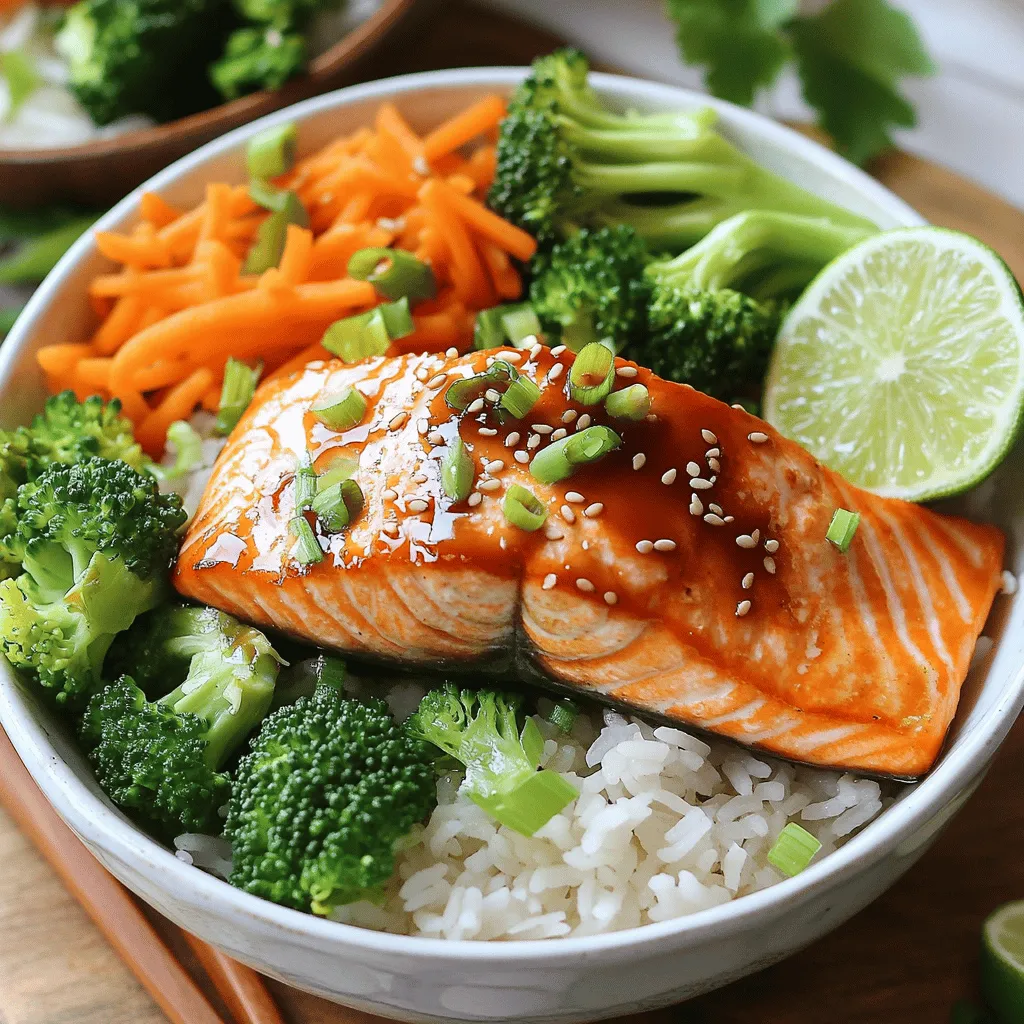
Teriyaki Salmon Rice Bowls Quick and Flavorful Meal
Looking for a quick and tasty dinner? I’ve got you covered with Teriyaki Salmon Rice Bowls! In just 15 minutes, you can whip up a
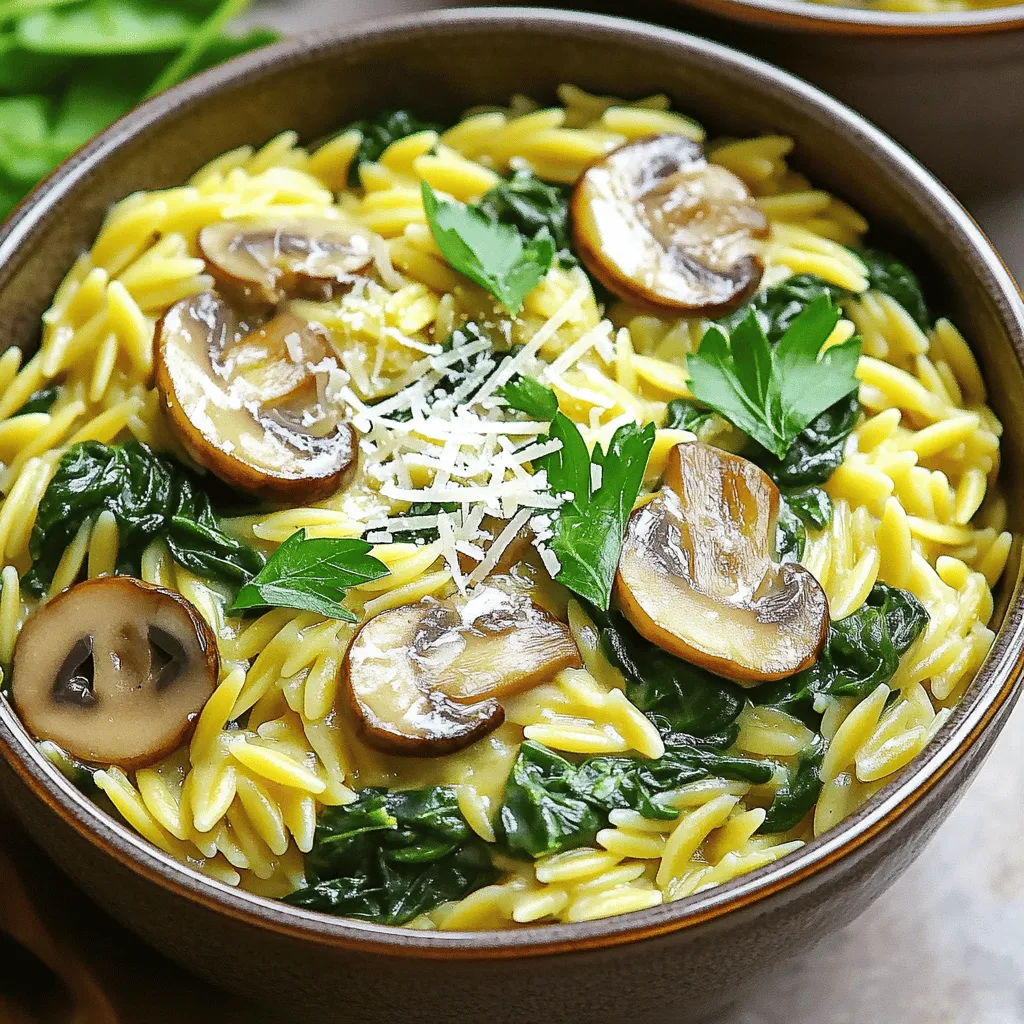
One Pot Creamy Mushroom Spinach Orzo Delightful Dish
Are you ready to spice up your dinner routine? This One Pot Creamy Mushroom Spinach Orzo will be a game-changer. It combines rich flavors with
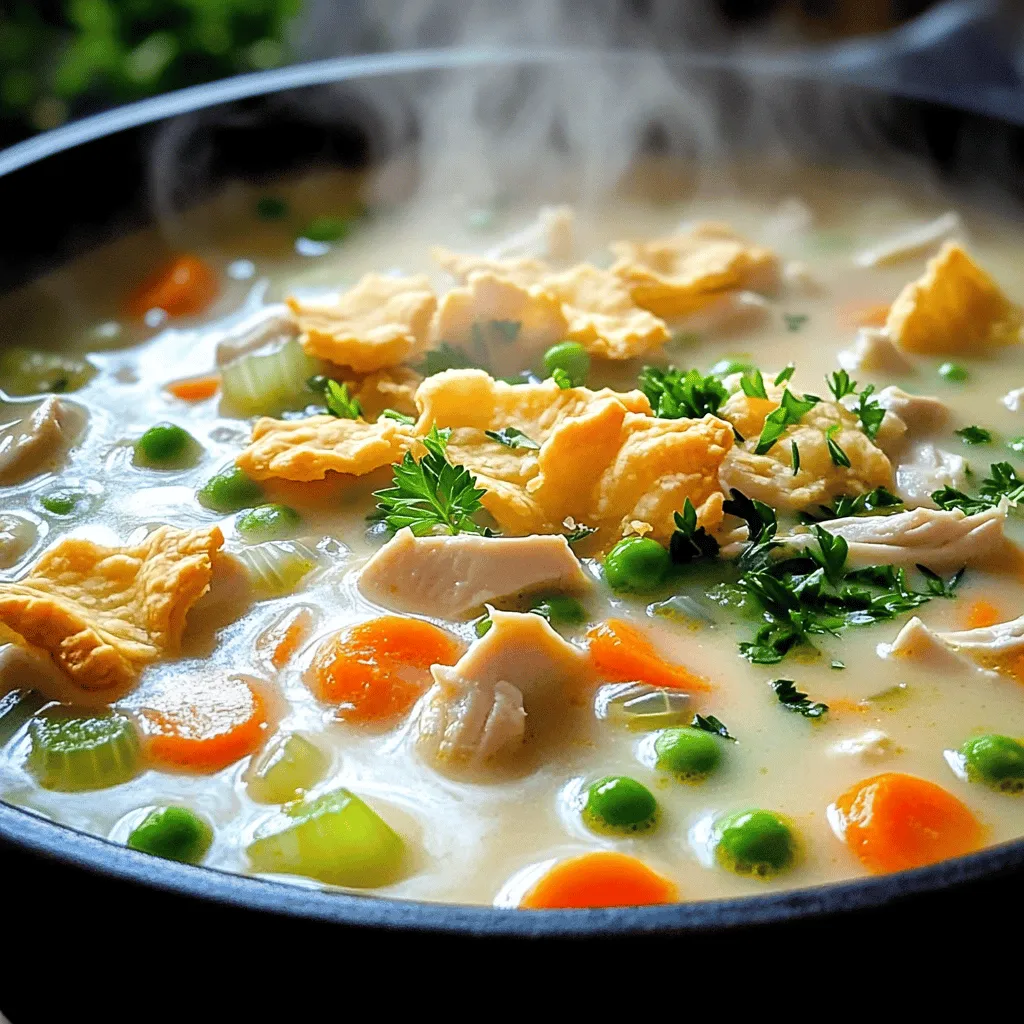
Classic Chicken Pot Pie Soup Cozy and Comforting Meal
Cozy up with a bowl of Classic Chicken Pot Pie Soup, the ultimate comfort food. This dreamy soup combines tender chicken, fresh veggies, and a